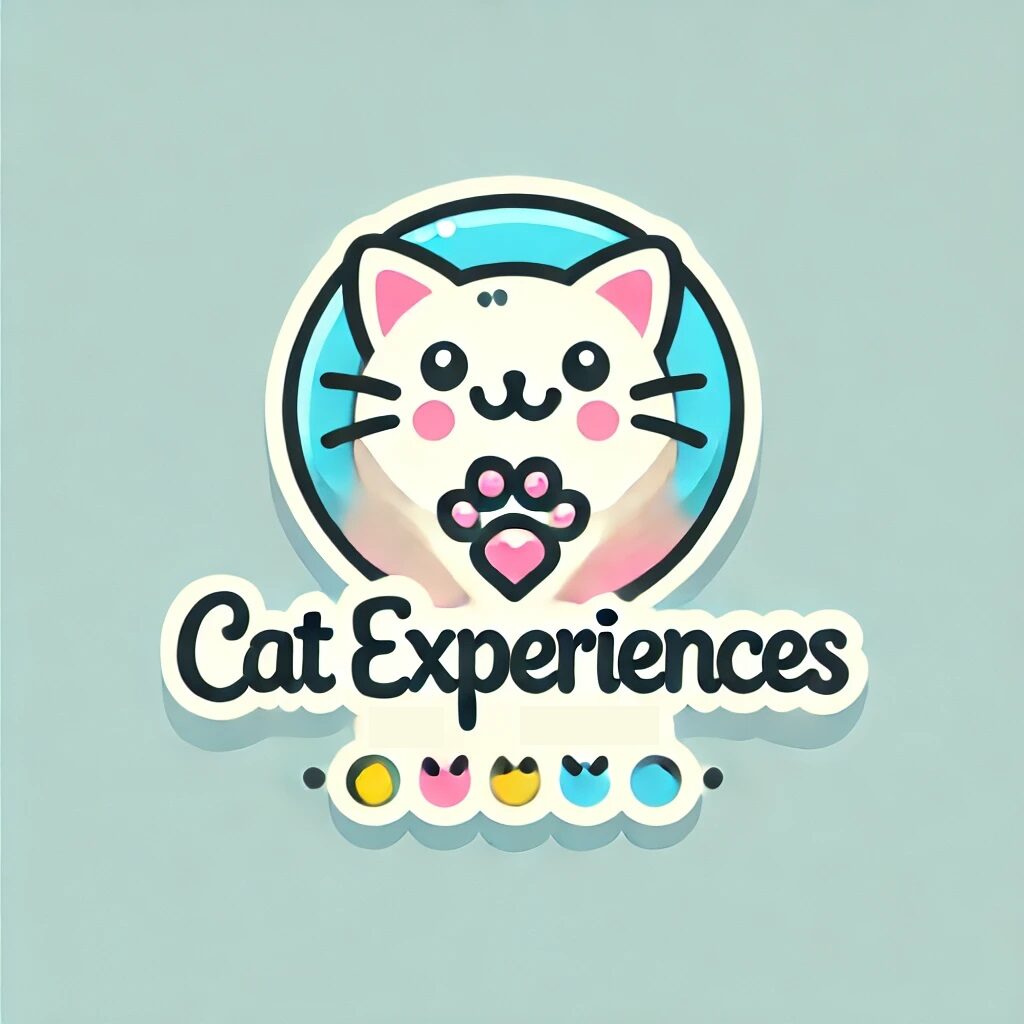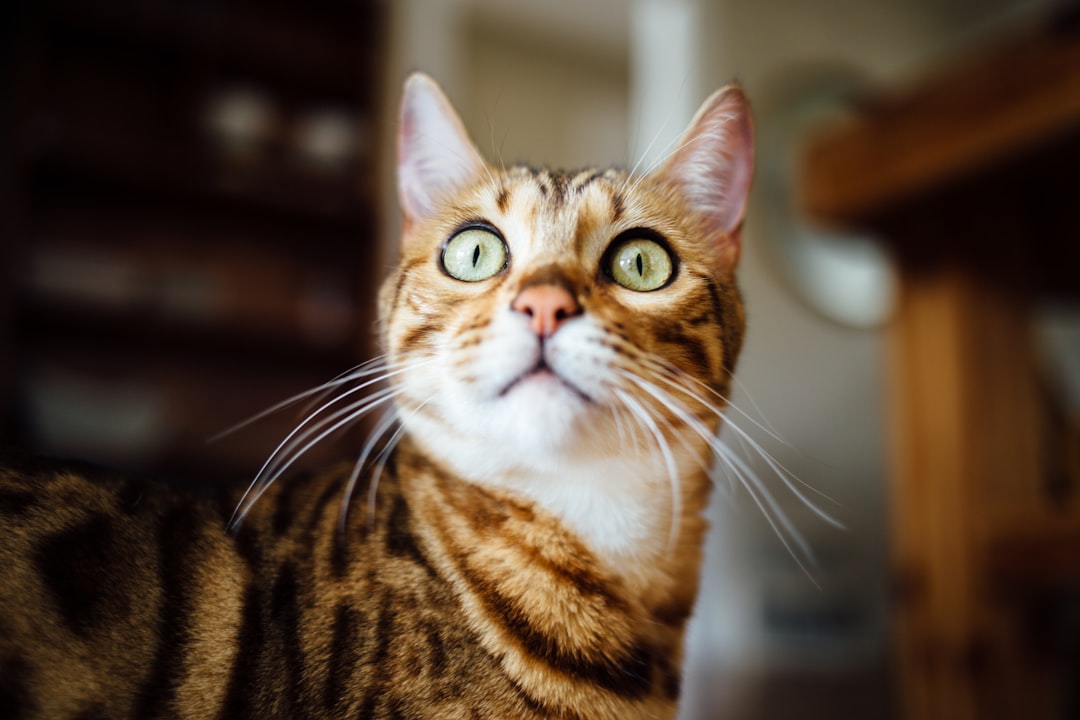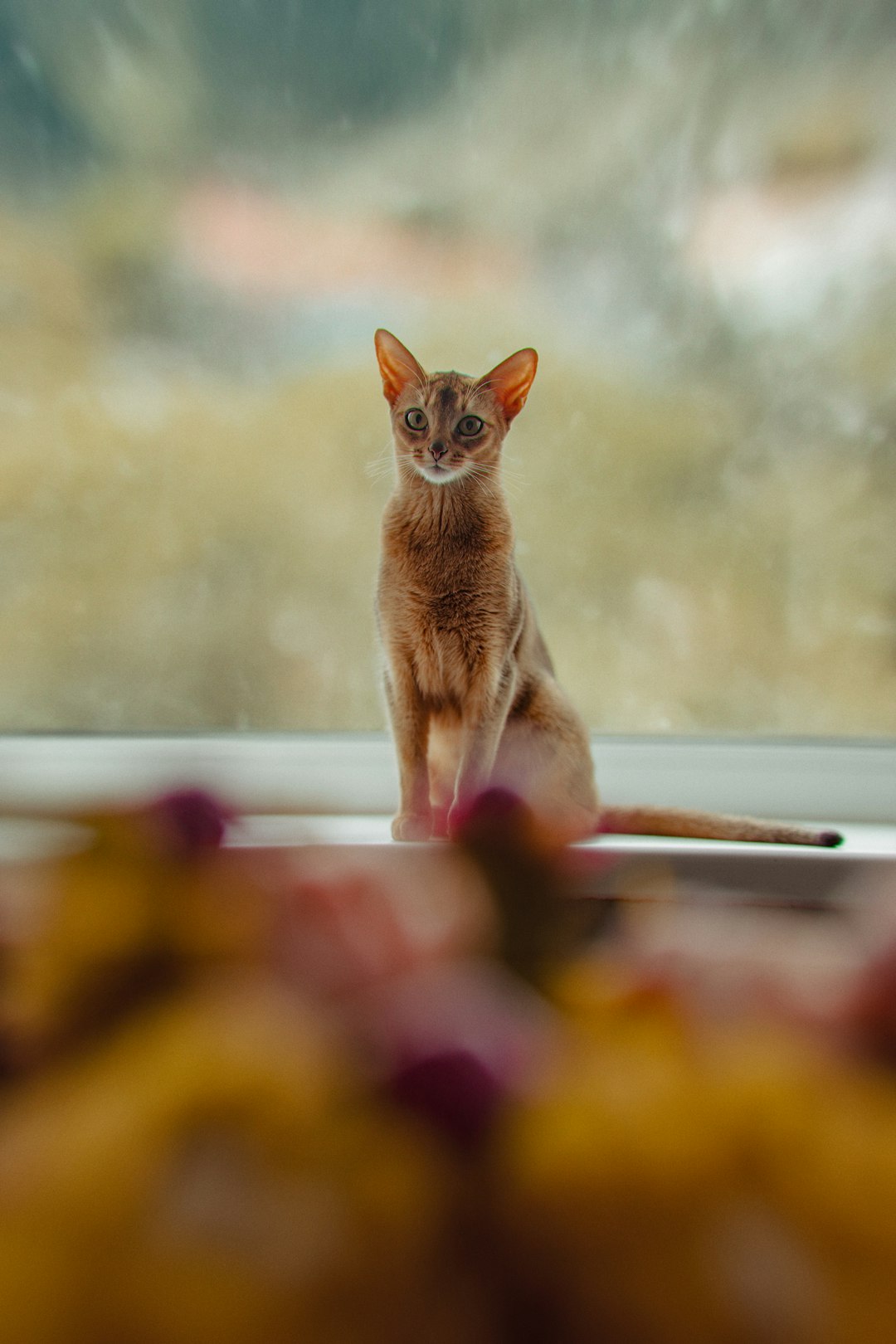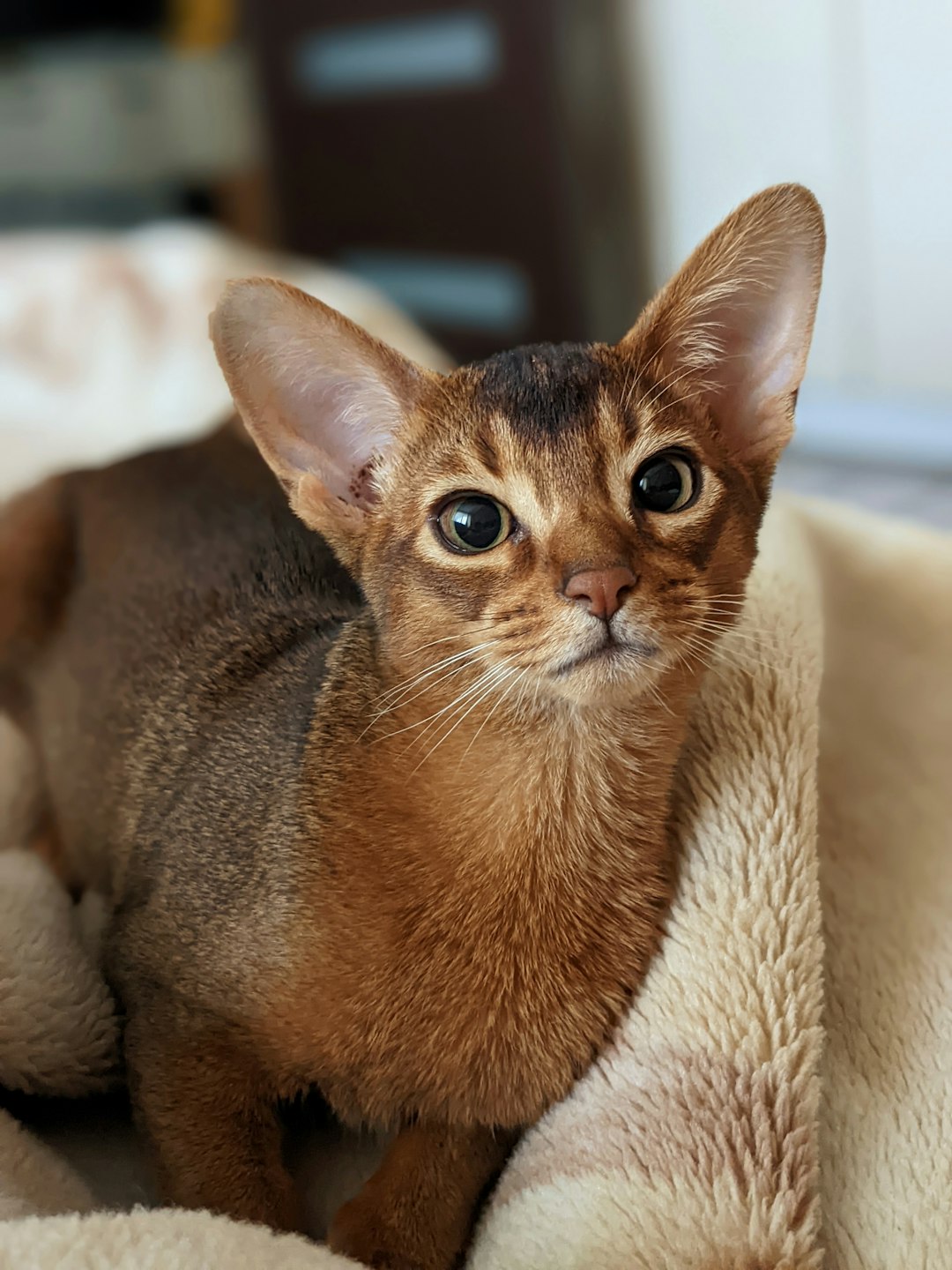The Black Bengal cat stands out as an exotic breed, captivating feline enthusiasts with its unique appearance and lively personality. Originating from the crossbreeding of domestic cats with Asian leopard cats, this breed showcases striking features and distinctive markings. More than just looks, the Black Bengal cat possesses a playful and affectionate temperament, making it a delightful companion. Understanding the essential characteristics and care required for this remarkable breed is vital for ensuring their health and happiness. Dive into the fascinating world of the Black Bengal cat and discover what makes them special.
Origin and History of the Black Bengal Cat
The Black Bengal Cat has a fascinating origin that blends nature with selective breeding. This exotic breed arose from crossing the domestic cat with the Asian leopard cat, giving it a unique appearance and temperament. Specifically, this hybridization began in the 1980s and aimed to create a domestic cat that retained the wild beauty of its ancestors without the wild temperament.
- Key Historical Points:
- Early Development: Initially developed by Jean S. Mill in the USA, the goal was to achieve a cat that offers both companionship and aesthetic appeal.
- Recognition: By the mid-1990s, the Black Bengal Cat gained recognition among cat registries, which boosted interest and demand.
- Wild Traits: The breed’s stunning spotted or marbled coat patterns reflect their wild heritage, contributing to their exotic charm.
Today, the Black Bengal Cat is cherished not just for its stunning looks but also for its playful and sociable nature, making it a beloved choice for many cat enthusiasts.
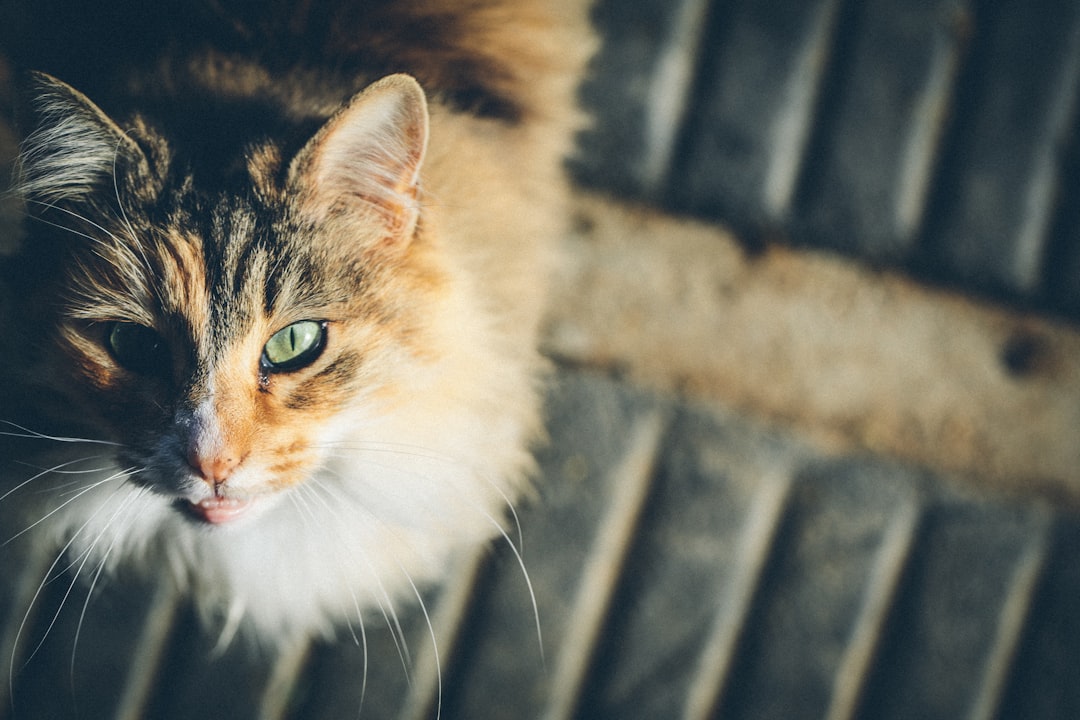
Physical Characteristics of the Black Bengal Cat
The Black Bengal Cat stands out with its stunning physical traits, making it a favorite among feline enthusiasts. Here are some key characteristics that define this exotic breed:
- Size: Black Bengal Cats are medium to large in size, with males typically weighing between 10-15 pounds and females ranging from 8-12 pounds.
- Build: They have a muscular, athletic build, contributing to their agile movements and playful nature.
- Head Shape: Their head features a broad, rounded appearance with high cheekbones, giving them a distinctive look.
- Ears: Their ears are medium-sized and slightly rounded, often adorned with small tufts of fur.
- Eyes: The Black Bengal Cat’s eyes are expressive and large, usually green or gold, prominently set against their sleek black fur.
Comparison of Physical Traits
| Trait | Description |
|---|---|
| Size | Medium to large (8-15 pounds) |
| Build | Muscular and athletic |
| Head Shape | Broad, rounded |
| Ear Shape | Medium-sized, slightly rounded |
| Eye Color | Green or gold |
With these striking features, the Black Bengal Cat not only captivates with its looks but also displays a vibrant, engaging personality.
Distinctive Markings and Coat Patterns
The Black Bengal Cat captivates cat lovers with its striking appearance. The breed is most notable for its unique coat that showcases a beautiful blend of colors and patterns. Here are the key features:
Coat Color: The primary color of a Black Bengal Cat is a rich, deep black, which can sometimes appear to have a warm undertone, giving it a luxurious sheen.
Patterns:
- Rosetted Spots: These are the hallmark of the Bengal breed. The spots can vary in size and shape, often resembling a leopard’s.
- Marbled Patterns: Some Black Bengal Cats might display swirling patterns, which can create an eye-catching effect.
Texture: The fur of a Black Bengal Cat is not only striking visually but also offers a luxurious feel. Its coat is soft and fine, which often tempts owners to pet them frequently.
Contrast: The distinct markings stand out against the solid black base, enhancing the breed’s exotic appeal.
In conclusion, the stunning coat patterns and markings of the Black Bengal Cat make this breed not only distinctive but also a true conversation starter.
Temperament and Behavior Traits
The Black Bengal Cat comes with a unique personality that reflects its exotic lineage. Understanding their temperament is essential for prospective owners. Here’s what you need to know:
Playful Nature: Black Bengal Cats are highly energetic and love to engage in play. They thrive on interactive toys and enjoy games that stimulate their hunting instincts.
Intelligent and Curious: Known for their sharp intellect, these cats are curious explorers. They often investigate their surroundings and may learn tricks quickly, demonstrating their problem-solving abilities.
Affectionate Companions: While they enjoy independence, the Black Bengal Cat often forms strong bonds with their human companions. They seek attention and enjoy snuggling when they’re not busy exploring.
Vocal: Expect your Black Bengal Cat to express itself! They communicate through a variety of sounds, ensuring you always know their mood or needs.
Social: This breed tends to get along well with other pets and children, making them a great addition to family environments.
Overall, the temperament of the Black Bengal Cat is ideal for active households that can provide them with the stimulation and affection they crave.
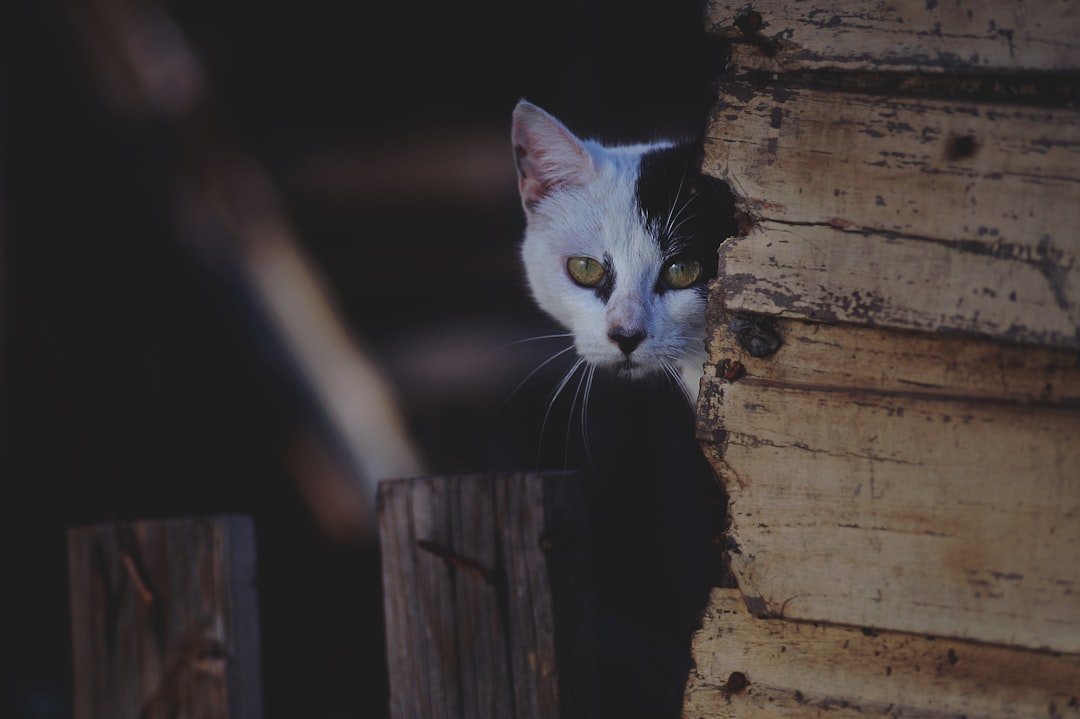
Health Considerations for the Black Bengal Cat
When caring for a Black Bengal Cat, it is vital to be aware of their unique health needs to ensure a long, healthy life. Here are some key health considerations:
Genetic Health Issues: Like all breeds, the Black Bengal Cat may be predisposed to certain genetic conditions, including:
- Hypertrophic cardiomyopathy (HCM)
- Patellar luxation
- Certain skin conditions
Regular Veterinary Check-Ups: Schedule annual veterinary visits to monitor your cat’s health, vaccinations, and dental care. Early detection of potential issues is crucial.
Diet and Obesity Prevention: Ensuring a balanced diet helps prevent obesity, a common problem among indoor cats. Consider the following dietary tips:
- High-quality protein sources
- Portion control
- Regular feeding schedule
Exercise and Play: Encourage physical activity to maintain a healthy weight and mental stimulation. Engage your Black Bengal Cat with:
- Interactive toys
- Climbing trees
- Playtime sessions
By paying attention to these health considerations, you can enhance the well-being of your Black Bengal Cat and enjoy many happy years together.
Feeding and Nutritional Needs
Providing proper nutrition is essential for the health and happiness of your Black Bengal Cat. This exotic breed requires a balanced diet to support its unique energy levels and maintain its vibrant coat. Here are some key points to consider:
High-Quality Protein: Opt for cat food rich in animal protein. Look for ingredients like chicken, turkey, or fish, as the Black Bengal Cat thrives on protein-based diets.
Balanced Nutrients: Ensure the diet includes essential nutrients such as:
- Taurine: Vital for heart health and vision.
- Omega Fatty Acids: Promotes a shiny coat and healthy skin.
Wet vs. Dry Food: Incorporate a mix of both wet and dry food to maintain hydration and dental health.
Portion Control: Monitor portion sizes according to your cat’s age, weight, and activity level. Adult Black Bengal Cats typically require:
- 1/2 to 1 cup of dry food or
- 1/2 to 1 can of wet food per day.
Maintaining a consistent feeding schedule and using high-quality food will help your Black Bengal Cat thrive and enjoy a long, healthy life.
Grooming Requirements and Tips
Grooming your Black Bengal Cat is essential for maintaining its health and vibrant coat. Here are some key requirements and tips to keep in mind:
- Coat Care: The Black Bengal Cat has a short and fine coat that requires minimal grooming. Use a soft brush weekly to remove loose hairs and dirt.
- Bathing: Only bathe your Black Bengal Cat when necessary. Over-bathing can strip the natural oils. If you do bathe, use a mild cat shampoo.
- Nail Trimming: Regularly check and trim your cat’s nails every 2-3 weeks to prevent overgrowth and discomfort.
- Ear and Teeth Maintenance:
- Clean your cat’s ears weekly to avoid wax buildup.
- Brush its teeth a few times a week to maintain oral health.
Grooming Schedule
| Grooming Activity | Frequency |
|---|---|
| Brushing | Weekly |
| Nail Trimming | Every 2-3 weeks |
| Ear Cleaning | Weekly |
| Teeth Brushing | 2-3 times a week |
Following these grooming tips will help keep your Black Bengal Cat looking stunning and healthy!
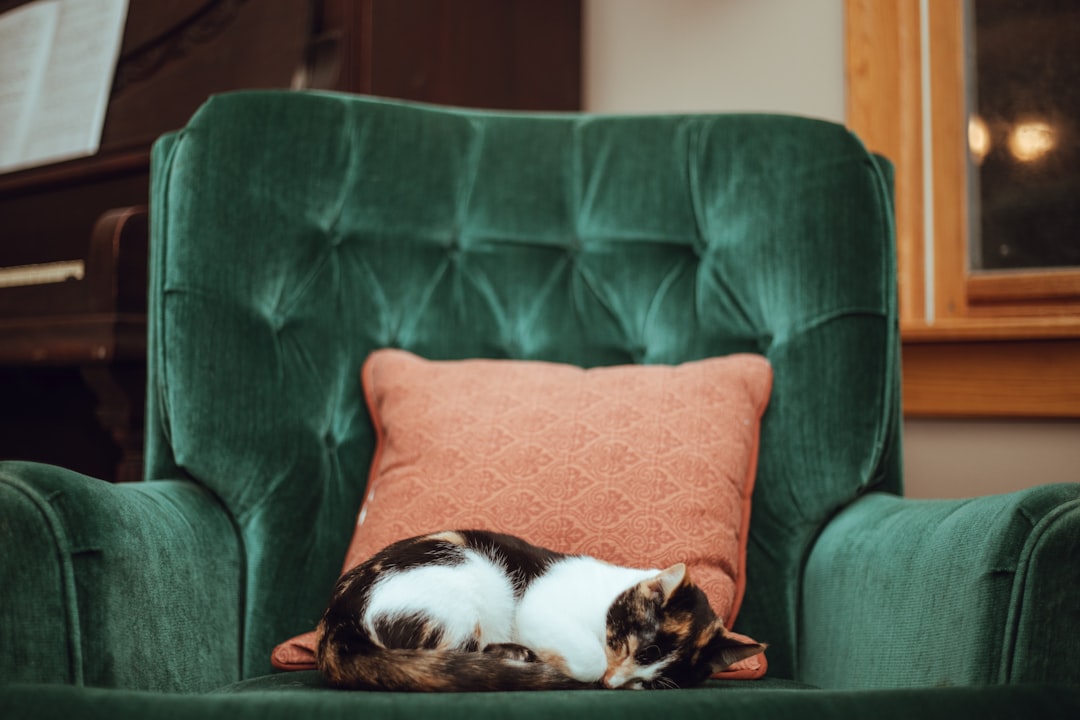
Creating an Ideal Environment for Your Black Bengal Cat
To ensure the well-being and happiness of your Black Bengal Cat, you must create an environment that meets their unique needs. These cats thrive in a stimulating, safe, and loving space. Here are some key elements to consider:
Play Areas:
- Provide various climbing structures and scratching posts to satisfy their natural instinct to climb and scratch.
- Include interactive toys that challenge their intelligence, such as puzzle feeders.
Safe Spaces:
- Designate cozy retreats where your Black Bengal Cat can hide and feel secure. Cat trees or enclosed beds work well.
- Ensure that all windows and balconies are secure to prevent any escape attempts.
Social Interaction:
- Spend quality time with your cat. Black Bengal Cats are social and enjoy interacting with their human companions.
- Consider adopting another pet for companionship if you have the space and resources.
Enrichment:
- Rotate toys regularly to keep the environment fresh and engaging.
- Set up perches to give them a view of the outside, stimulating their curiosity.
By following these guidelines, you can create an ideal environment that nurtures your Black Bengal Cat‘s playful and affectionate personality.
Frequently Asked Questions
What are the key characteristics of Black Bengal cats?
Black Bengal cats are renowned for their striking appearance and distinctive fur pattern. They typically exhibit a sleek, muscular build, combined with a short, dense coat that glistens with a rich black coloration. Their unique coat often features a subtle rosette pattern or spots that become more pronounced in certain lighting conditions. In addition to their physical attributes, Black Bengals are known for their playful personalities, intelligence, and high energy levels, making them both engaging companions and active pets.
How can I properly care for a Black Bengal cat?
Caring for a Black Bengal cat involves meeting their physical, mental, and emotional needs. They require a high-quality diet that supports their active lifestyle, ideally consisting of premium cat food rich in protein. Regular playtime is essential to channel their energy and stimulate their minds, so interactive toys and climbing structures are highly recommended. Routine veterinary check-ups will help to monitor their health, while grooming should be regular to maintain the condition of their short coat. Additionally, providing a safe, stimulating environment is crucial for their well-being.
Are Black Bengal cats good with children and other pets?
Yes, Black Bengal cats can be excellent companions for children and other pets when properly socialized from a young age. Their playful and energetic nature often appeals to kids, and they typically enjoy interactive playtime, which can help strengthen the bond between them. They can also get along with other pets, but introductions should be carefully managed to ensure that conflicts do not arise. Supervised play sessions and gradually allowing them to acclimate to each other’s presence can contribute to a harmonious multi-pet household.
What health issues are common in Black Bengal cats?
Like any breed, Black Bengal cats can be predisposed to certain health issues. Some common concerns include hypertrophic cardiomyopathy (HCM), which is a heart condition, and certain genetic disorders that may arise from poor breeding practices. Regular veterinary care and early health screenings are vital to identify any potential issues early on. Owners should be proactive about maintaining their cat’s health by providing a balanced diet, ensuring regular exercise, and keeping up with vaccinations and check-ups.
